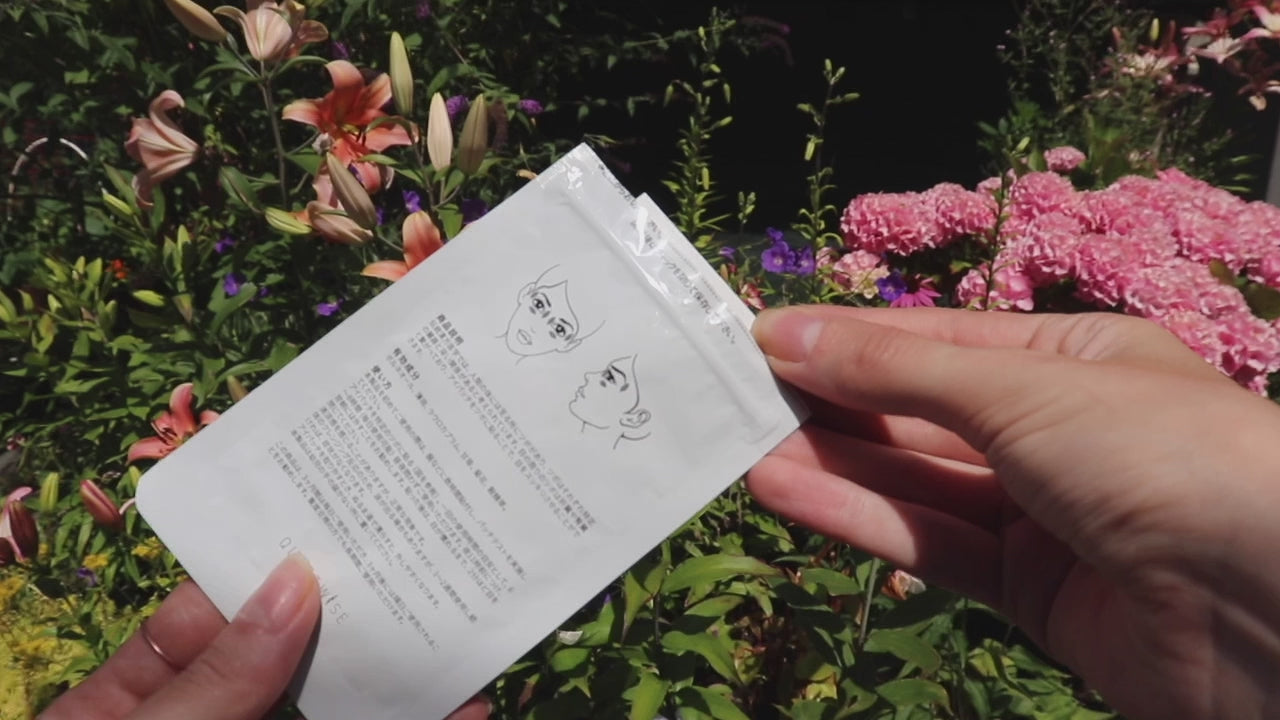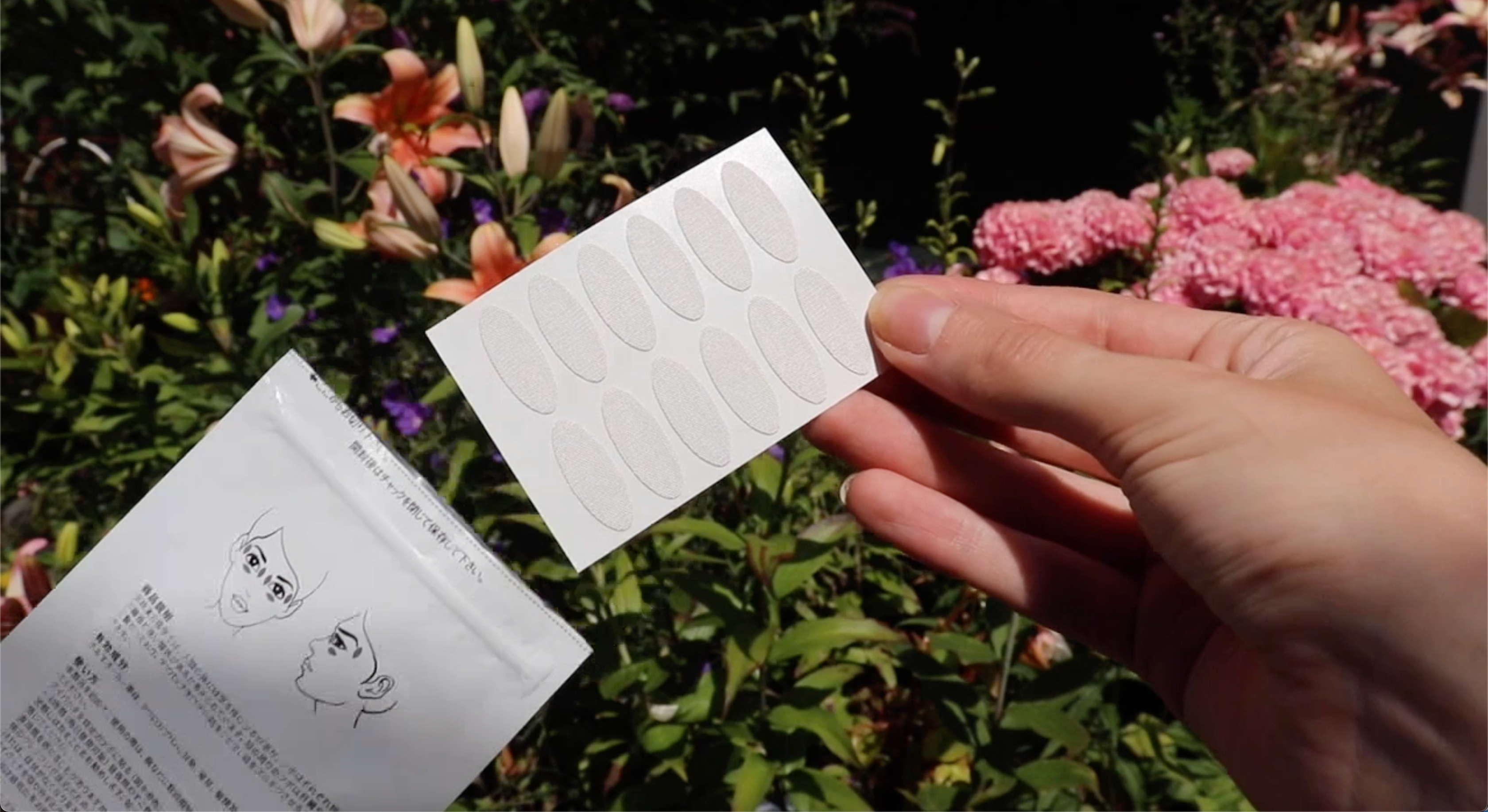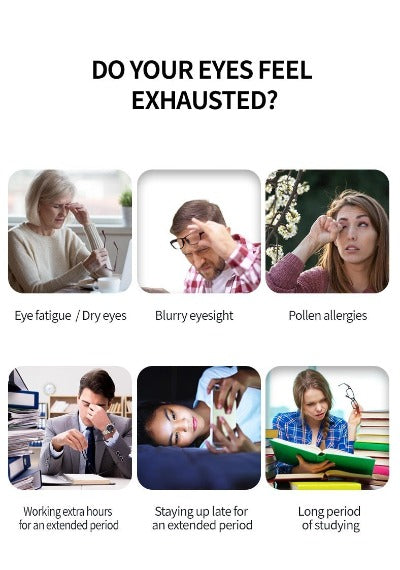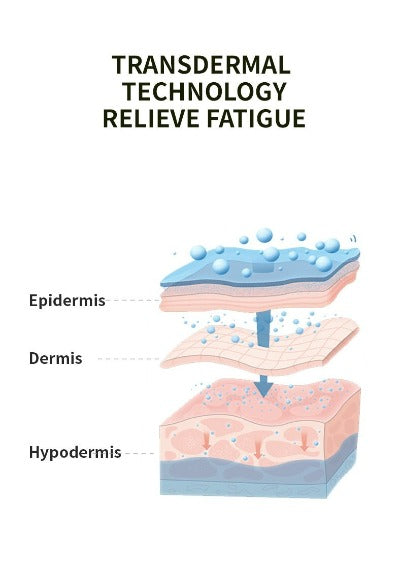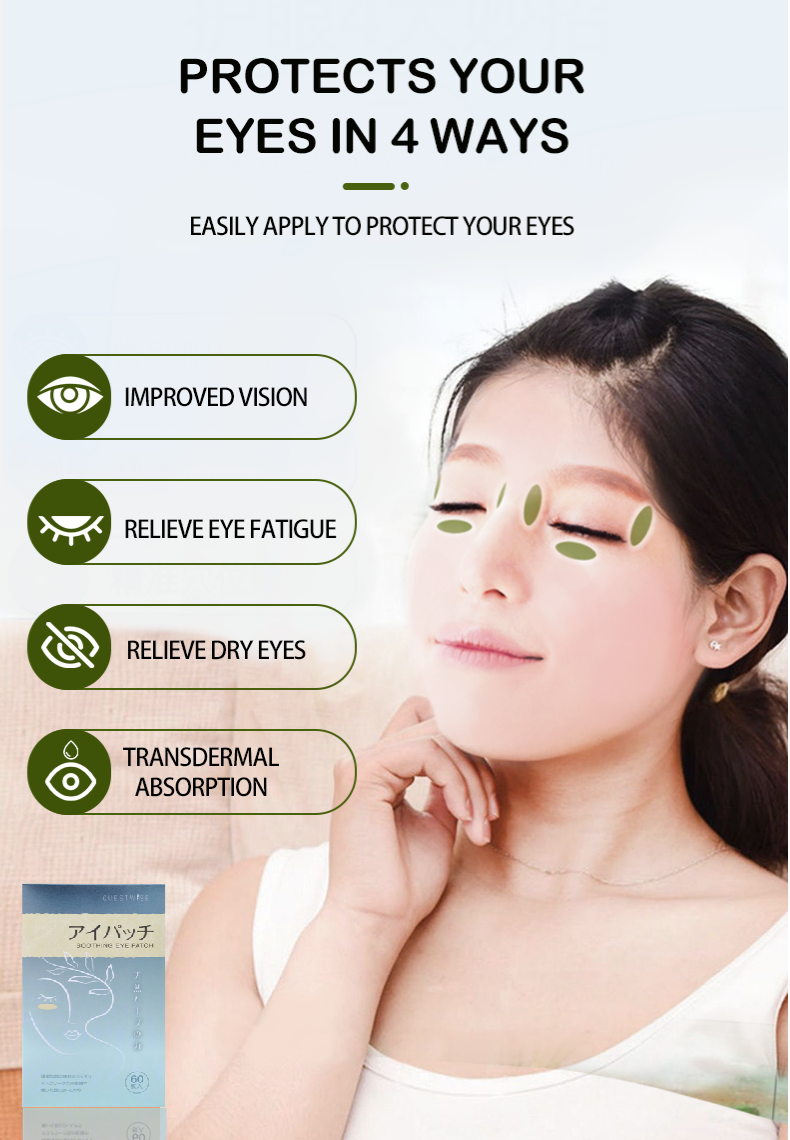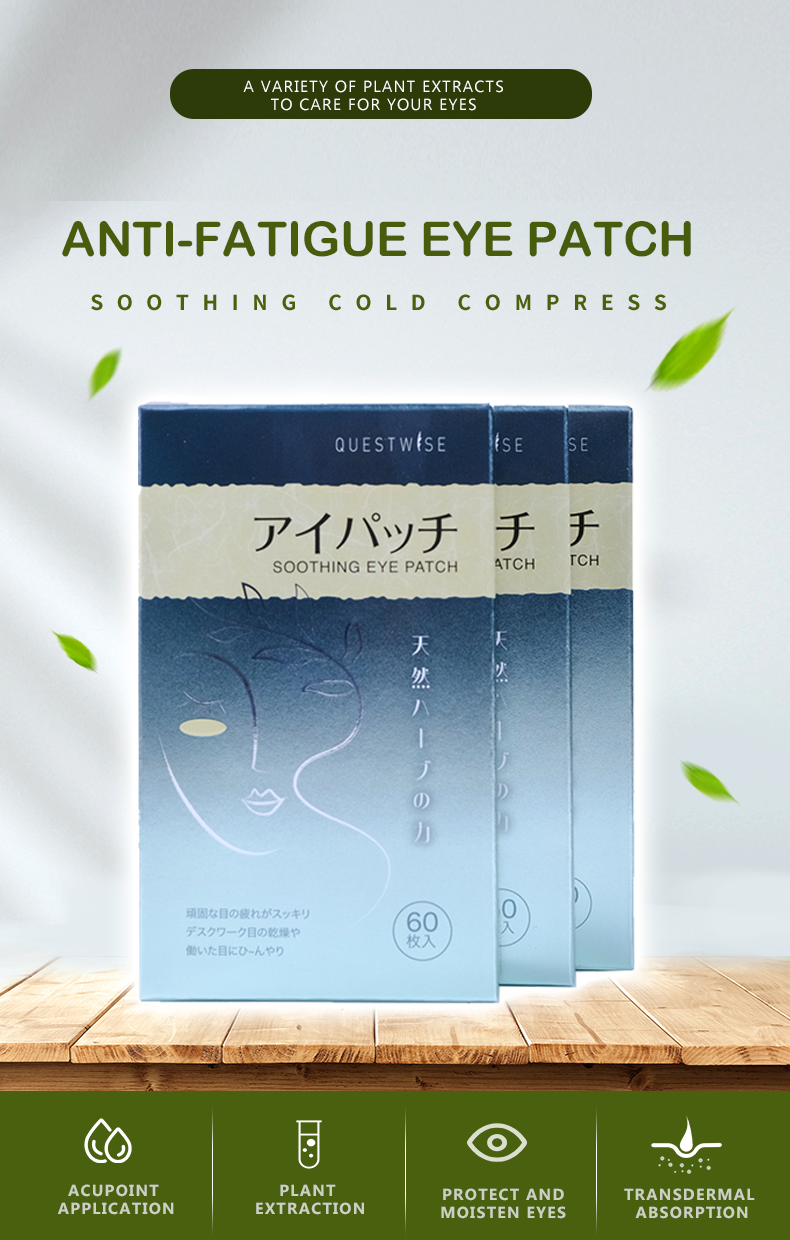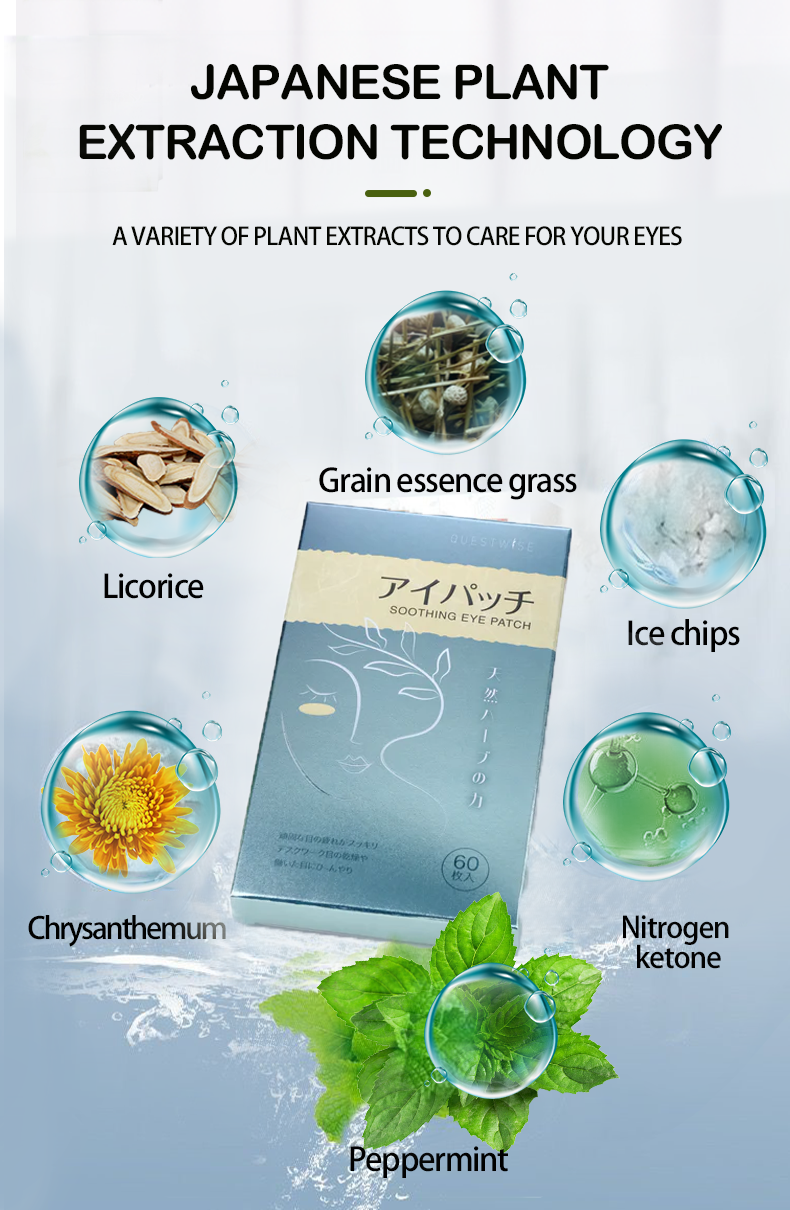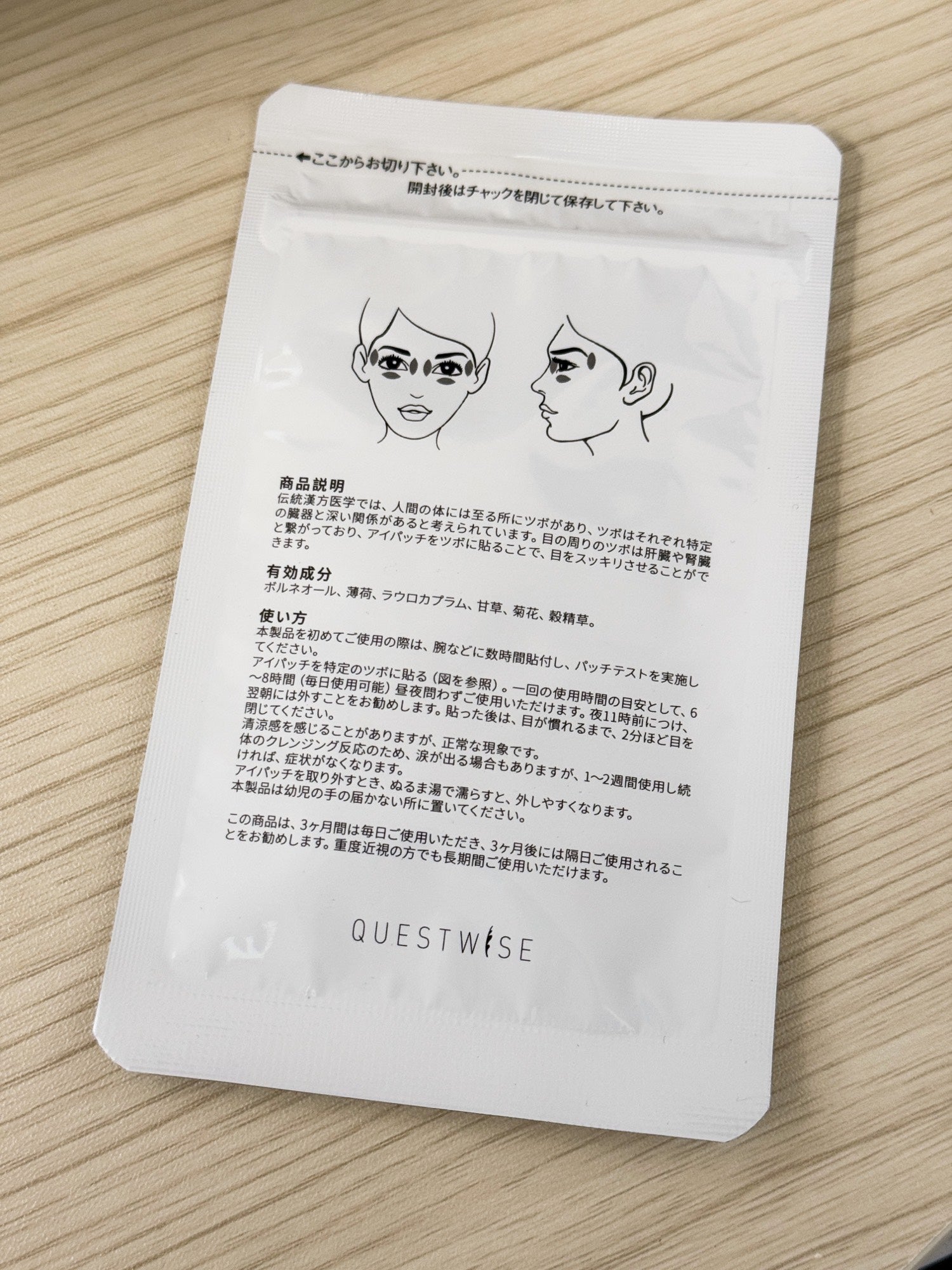Dry Eye Syndrome in Children: Understanding the Challenges and Finding Solutions in 2025
In 2025, the digital age has brought unprecedented challenges to children's eye health. With increased screen time becoming the norm, a concerning rise in dry eye syndrome (DES) cases among children is observed. This condition, also known as dry eye disease, impacts the eyes' ability to produce enough tears or retain existing moisture, leading to discomfort and potential long-term vision problems. As a parent, understanding dry eye syndrome in children is crucial to safeguarding their eye health and overall well-being. This comprehensive guide will delve into the causes, symptoms, and effective management strategies, empowering you to take proactive measures to protect your child's vision.
The Growing Prevalence of Dry Eye Syndrome in Children
The prevalence of dry eye syndrome in children has significantly increased in recent years, largely due to the ubiquitous use of digital devices. Children are spending more time than ever before engaged with smartphones, tablets, computers, and video games. This extended screen time often leads to reduced blink rates, resulting in faster tear evaporation and increased eye dryness. Furthermore, the blue light emitted by these devices can further exacerbate eye strain and irritation, contributing to the development of dry eye syndrome.
Understanding the Causes of Dry Eye Syndrome in Children: A Multifaceted Issue
Dry eye syndrome in children is not simply a matter of infrequent blinking; it's a complex issue with various contributing factors. These factors can range from environmental influences and lifestyle habits to underlying medical conditions and genetic predispositions. Here's a more in-depth look:
- Increased Screen Time and Digital Eye Strain: Prolonged exposure to digital screens drastically reduces blinking frequency. The resulting lack of tear film lubrication dries out the eyes, leading to discomfort and potential damage. The blue light emitted from devices can also directly damage the eye's surface, further contributing to dry eye symptoms.
- Environmental Factors: Dry climates, air conditioning, and windy conditions accelerate tear evaporation, making the eyes more susceptible to dryness. Exposure to allergens and pollutants like pollen and dust can irritate already dry eyes, worsening symptoms.
- Underlying Medical Conditions: Certain medical conditions can significantly influence tear production and contribute to dry eye syndrome. These include allergies, autoimmune disorders (such as Sjögren's syndrome), vitamin A deficiency, and blepharitis (inflammation of the eyelids).
- Medications: Some medications, particularly those used to treat allergies, acne, or other conditions, can have dry eyes as a side effect. Always consult your doctor or pharmacist about potential side effects of any medication your child is taking.
- Genetic Predisposition: In some cases, a family history of dry eye syndrome can increase a child's susceptibility to the condition.
- Contact Lens Use: Improper contact lens use or wearing contact lenses for extended periods can irritate the eyes and contribute to dryness.
Understanding these contributing factors is critical for parents to identify potential triggers and take preventative steps to minimize their child's risk of developing dry eye syndrome.
Recognizing the Symptoms: Subtle Signs That Warrant Attention
Children may not always be able to articulate their eye discomfort as clearly as adults. Parents need to be vigilant in recognizing subtle signs that might indicate dry eye syndrome. These symptoms can vary in severity and may include:
- Frequent Blinking or Eye Rubbing: Excessive blinking or persistent eye rubbing is often a tell-tale sign that the eyes are dry and irritated.
- Redness and Irritation: Red, bloodshot eyes are a common symptom of dry eye, indicating inflammation and dryness.
- Watery Eyes (Paradoxical): Ironically, watery eyes can sometimes be a response to dryness, as the eyes try to compensate for tear deficiency by overproducing watery secretions.
- Sensitivity to Light (Photophobia): Increased sensitivity to bright lights, even in normal lighting conditions, points towards eye irritation and potential dryness.
- Burning or Gritty Sensation: A burning, stinging, or gritty feeling in the eyes is a classic symptom of dry eye syndrome.
- Eye Fatigue and Tiredness: Persistent eye fatigue and tiredness, even after minimal screen time, could indicate underlying dryness and irritation.
- Difficulty Concentrating or Focusing: Eye discomfort can impair a child's ability to concentrate, leading to reduced academic performance.
- Eyelid Crusting (Morning): Crusting or stickiness around the eyelids in the morning might suggest blepharitis, a condition often associated with dry eye.
If you notice any of these symptoms in your child, seeking professional advice from a pediatrician or ophthalmologist is crucial. Early diagnosis and treatment are key to preventing long-term complications.
Effective Management Strategies for Dry Eye in Children: A Multi-Pronged Approach
Managing dry eye syndrome in children often necessitates a comprehensive approach that combines lifestyle adjustments, environmental modifications, and, in some cases, medical interventions. Here's a detailed breakdown of effective management strategies:
- Minimize Screen Time and Practice the 20-20-20 Rule: Reducing screen time significantly lessens eye strain and tear evaporation. The 20-20-20 rule (every 20 minutes, look at an object 20 feet away for 20 seconds) is a highly effective technique to reduce digital eye strain.
- Hydration: Adequate hydration is essential for overall health and helps to maintain tear production. Encourage your child to drink plenty of water throughout the day.
- Humidify the Air: Using a humidifier, especially in dry climates or during the winter months when heating is used, increases ambient humidity and helps prevent excessive tear evaporation.
- Avoid Eye Rubbing: Teach your child to avoid rubbing their eyes, as this can worsen irritation and potentially damage the corneal surface.
- Artificial Tears: Your doctor may recommend using over-the-counter or prescription artificial tears to lubricate and soothe dry eyes. Choose preservative-free options whenever possible.
- Warm Compresses: Applying warm compresses to the eyelids can help to relieve eyelid inflammation (blepharitis), a common contributor to dry eye.
- Omega-3 Fatty Acids: A diet rich in omega-3 fatty acids may improve tear production and reduce inflammation. Incorporate foods like fatty fish, flaxseed, and chia seeds into your child's diet.
- Natural Solutions: For children with chronic dry eye, consider exploring natural remedies like the Wise Quest Soothing Eye Patches - 3-Month Wellness Pack. These non-toxic patches, made with natural ingredients, provide soothing relief from dryness and strain, offering a safe and effective long-term solution for managing dry eye symptoms. They're particularly beneficial for children who spend long hours using screens.

Investing in the Wise Quest Soothing Eye Patches - 3-Month Wellness Pack is a proactive step in supporting your child's eye health. This 3-month pack offers a convenient and effective way to manage chronic dryness and provides long-term relief for screen-related eye strain. The patches' natural ingredients ensure gentle and safe usage, even for sensitive eyes.
When Professional Help Is Necessary
While many cases of dry eye syndrome can be effectively managed at home with lifestyle adjustments, certain situations demand professional medical attention. Consult a pediatrician or ophthalmologist if:
- Symptoms are severe or persistent despite implementing home remedies.
- Your child experiences significant vision impairment or blurry vision.
- There are signs of infection or excessive inflammation in the eyes.
- You suspect an underlying medical condition may be contributing to the dry eye.
- Home remedies provide insufficient relief.
Early diagnosis and appropriate medical intervention are vital in preventing potential long-term complications of dry eye syndrome. Don't hesitate to seek professional help if you have any concerns about your child's eye health. Early intervention often leads to better outcomes.
Protecting Your Child's Vision: A Holistic and Proactive Approach in 2025
Protecting your child's vision in the digital age requires a comprehensive strategy that combines lifestyle adjustments, environmental modifications, and proactive parental involvement. By understanding the causes, symptoms, and effective management strategies for dry eye syndrome, you can take significant steps to safeguard your child's eye health and overall well-being. Remember, early detection and prompt action are crucial in preventing long-term vision problems. Partnering with your healthcare provider is essential in developing a personalized plan that addresses your child's unique needs and ensures healthy, happy eyes for years to come.



